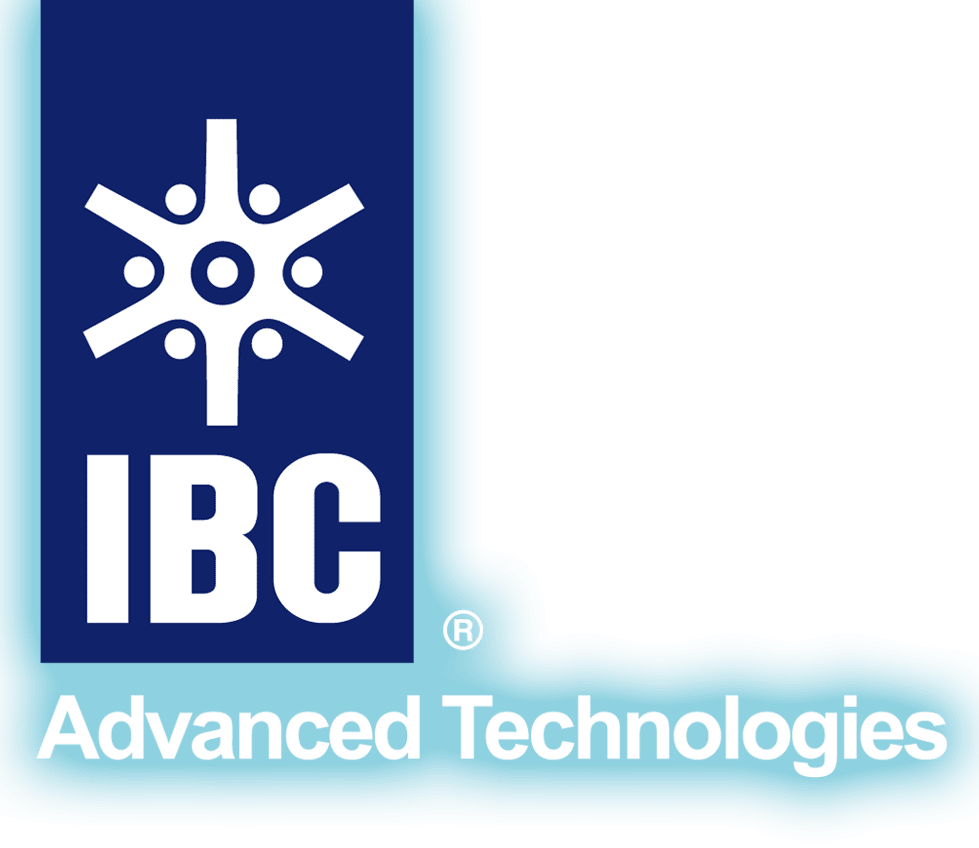Molecular Recognition
How one molecule recognizes another has long intrigued scientists. The quest to arrange atoms in a molecule in such a way as to achieve predesigned, predictable interaction of that molecule with species of interest has unfolded over the past half century. Molecular recognition refers to the ability of host molecules or other chemical species to recognize and selectively interact with guest chemical species. This host-guest selectivity presents multitudinous opportunities to do interesting chemical research and development and has resulted in two sets of Nobel Prizes in 1987 and 2016. At BYU and IBC, the Founders pursued the selective separations of guest metal ions from complex matrices by predesigned host molecules. The successful application of this work to industrial hydrometallurgical separations resulted in the founding of IBC and receipt by Dr. Reed M. Izatt and Dr. Jerald S. Bradshaw of the American Chemical Society National Separations Science Award in 1996.
Molecular Recognition Technology™
The term Molecular Recognition Technology™ or MRT™ was originated in 1988 by Steven R. Izatt to denote the industrial application of IBC’s Innovative Molecular Recognition ProductsTM and processes. Addition of “Technology” to “Molecular Recognition'' denotes manufacture of a product and its use in an industrial process. IBC’s commercialization of MRT™ products, processes and services in a wide range of markets and applications, has resulted in the use of MRT™ around the globe and in a number of prestigious industrial awards including receipt by Dr. Ronald L. Bruening and Dr. Krzysztof E. Krakowiak of American Chemical Society Industrial Engineering and Chemistry Division Fellow Awards in 2020.
MRT™ Products and Processes are Engineered to Perform Specific, Highly Selective Separations Required by Industry
The widespread commercial adoption of MRT™ products and processes over more than three decades demonstrates IBC’s unparalleled ability to design high selectivity into industrial processes at the atomic level, resulting in sustainable, green chemistry and green engineering solutions to a wide range of separations problems in an economically and environmentally advantageous manner.


